Auschwitz-Birkenau Museum Guide: Time for a Trip into the Past!
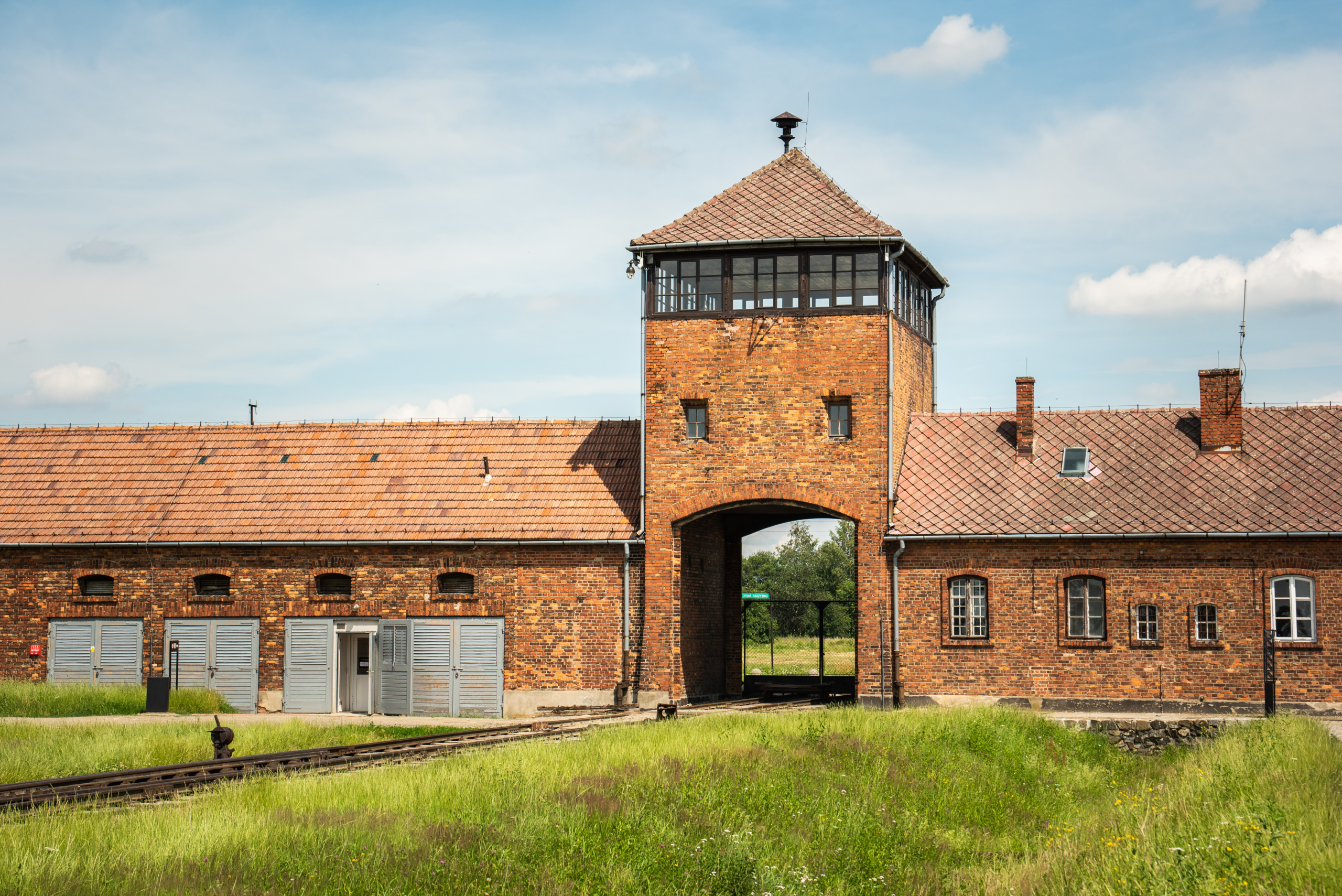
Quick Jumplinks to Navigate
It’s time to go on a journey into the past and learn more about a history that has made a strong mark on the pages of the past.Both, the Polish nation and the Jews, perhaps, experienced the crimes of the Holocaust the most.
It is therefore worth spending a few moments and going on organized Auschwitz tours to the museum, which is located in Oswiecim. During a walk through the barracks and gas chambers, as well as other monuments, you can sympathize with the tragedy that took place there and pay tribute and honor to the people who died there in cruel conditions.
On a Trip to Auschwitz
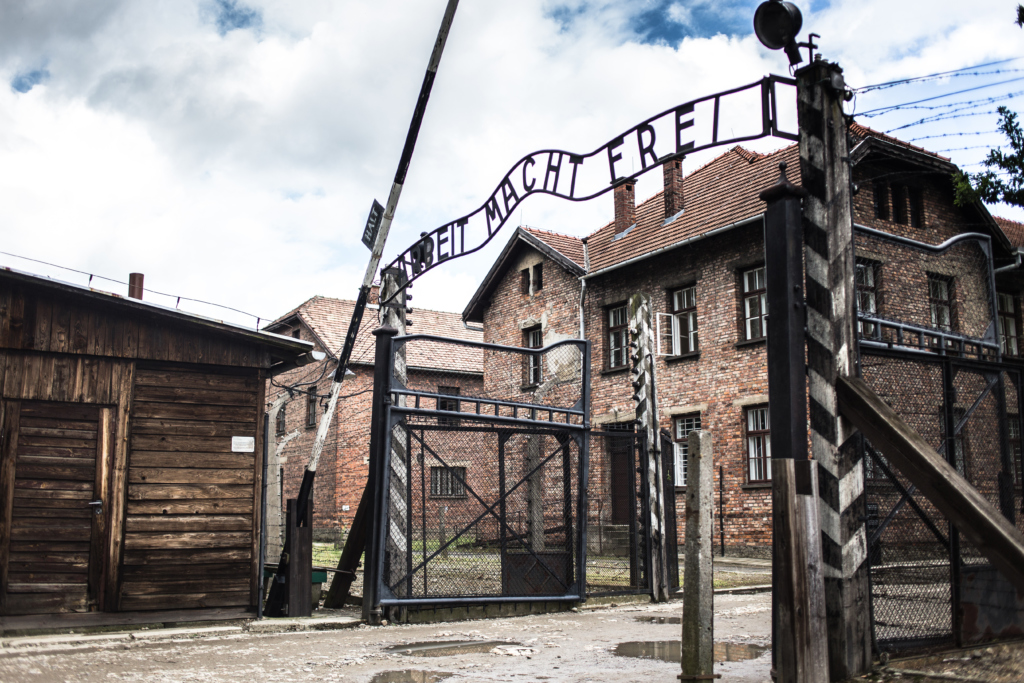
There are many opportunities to learn about the history hidden in the Auschwitz-Birkenau camps. However, rather unsurprisingly, it is best to choose the option of visiting the museum live. Then there is also the possibility to take part in workshops or presentations conducted on-site for children and adults.
It is obvious that not everyone can afford such a trip if someone lives thousands of kilometers away. But Krakow, as a neighboring city, welcomes thousands of tourists from all over the world every day, and Oświęcim, the city where the museum is located, is only 70 km from Krakow.
Must Read: Historical Places in Poland
What is another way to learn about the history of the concentration camp?
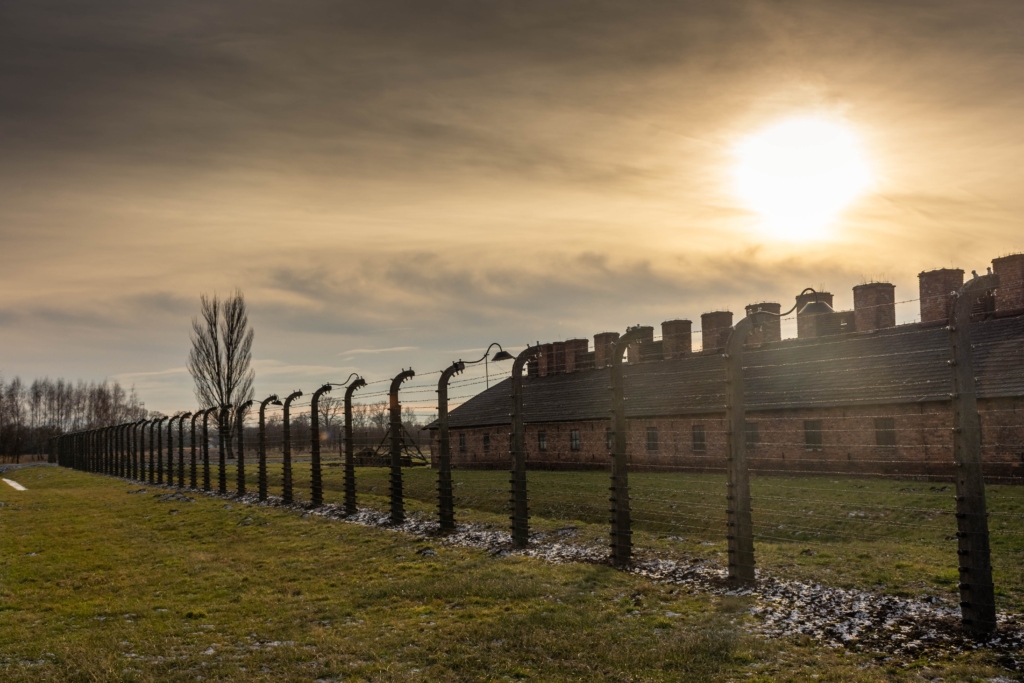
There are many ways to learn more about the spreading history of the crime that took place in Oswiecim, but not only, because the camps of universal extermination were also created in other places in Poland.
For example, you can listen to interesting historical podcasts, which have recently been playing a bigger and more important role in social media. Internet creators and historians share their knowledge with everyone interested in the history of Nazi camp prisoners. Another option can also be to watch fascinating and outstanding films, not once awarded with real prizes in this field.
In 1933, the leader of the German Empire – Adolf Hitler came to power and since then systematically deprived all living Jews of possible civil rights. His final plans forced them to live in cruel ghettos and then in concentration camps, where they were forced to do hard labor. You can find out how filmmakers manage to make films on this subject that truly portray the cruelty of the Holocaust while appealing to an audience that often does not want to face this truth by watching these films.
The film, in particular, is worth noting here: The Boy in the Striped Pajamas, The Master, Triumph of the Spirit, Son of Shaw, or The Devil’s Arithmetic. There really is a lot to choose from when deciding on a film that delves deeper into the area of the Holocaust during World War II.
It really is sometimes worth sacrificing funny comedies, or contrived science fiction creations, to learn more about the real history that befell our ancestors. The excellent feature films about Auschwitz and the Holocaust, which really must be seen, seem to go beyond judging by any standards.
They have humanistic outlines, and the filmmakers in them tell stories that should be respected, publicized, and remembered all the time, not only out of respect for the victims of the concentration camp, but also to educate today’s youth so that such history never happens again.
Suggested Read: Things To Do in South Poland
They show the fate of the prisoners in a moving and often brutal way, as befits high art. Furthermore, they are the quintessence of what exceptional films about death camps should be.
There are many more well-known films and filmmakers who have devoted their valuable time to this subject, and it is truly worthwhile to spend a few moments with them.
There is no denying, however, that these items are extremely brutal in psychological and sometimes physical aspects and move almost all viewers to tears. Thanks to them you will be able to feel the drama of those times and the difference between the reality of World War II and today.
What can you see when visiting the Museum in Oświęcim?
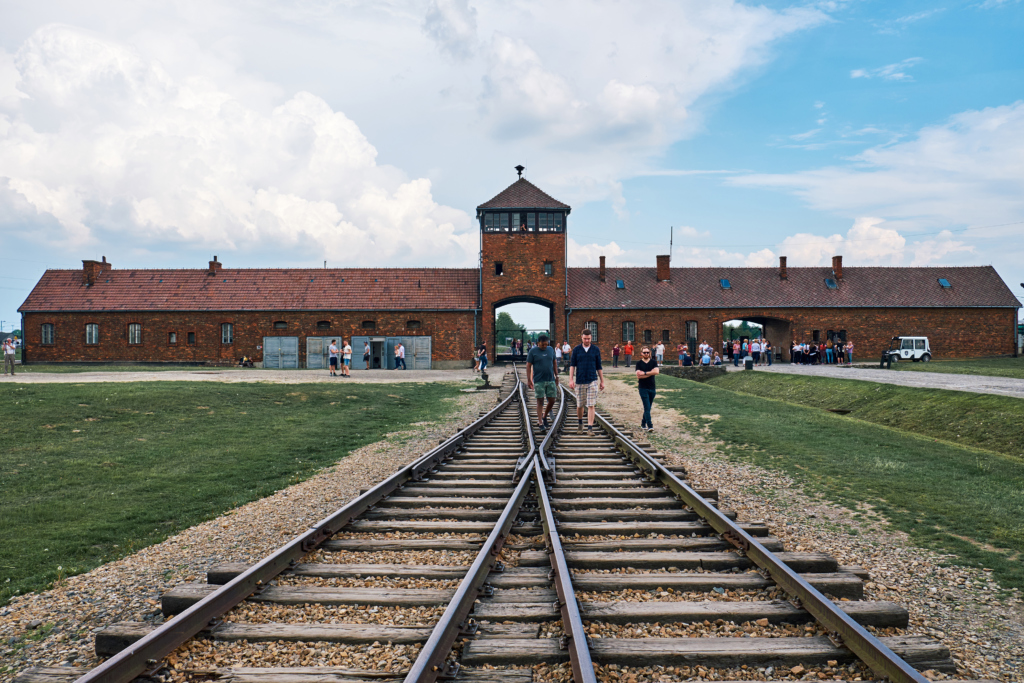
When planning a trip to Oświęcim, near Krakow, it’s worth planning a guided tour of the museum. There are preserved barracks, old beds, everyday things like shoes, clothes, photos, notebooks, and pots. You can also see real remnants of human hair, or photographs of captured prisoners. You also visit the preserved gas chambers, and the famous wall of death, where you can still see the remains of the blood of the people who were shot there.
Records kept by people from those days, private diaries, or drawings painted on the walls are really dramatic and give much food for thought. It seems to be an unimaginable tragedy what kind of childhood these young generations had to experience.
Click Here to Book: Poland Tour Packages
That is why education is so important nowadays, both in terms of historical knowledge and the psychological development of children. Everyday learning to preserve, support, help and educate each other so that what was, will never happen again.
How is the memory preserved?
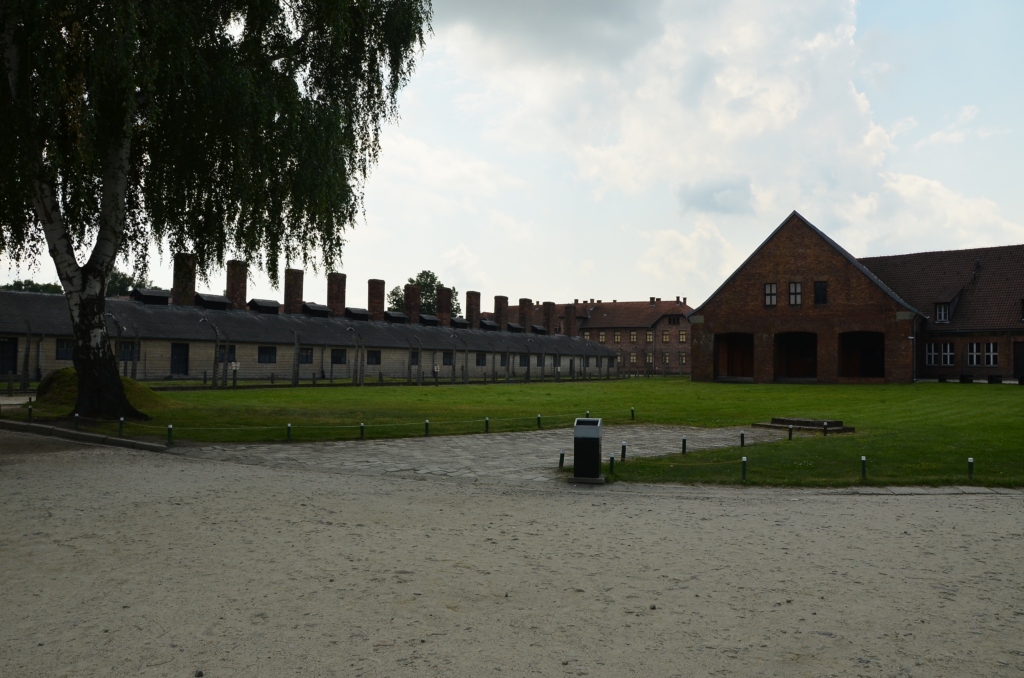
According to statistics, to date, the site of the concentration camp museum has been visited by an average of about 30 million people per year.
robably, due to the location, most of the tourists were Poles, and above all schoolchildren, due to the obligatory excursion during high school, more and more tourists from other countries are beginning to arrive, because the message and symbolism conveyed by this historical place is addressed directly to the whole world.
Analyzing the meaning and deep symbolism of Auschwitz-Birkenau and its significance for humanity from all over the world, the Polish government applied in 1979 for the inclusion of this Nazi camp on the UNESCO list of heritage sites.
The Auschwitz camp appeared there, as the only concentration camp, under the official name “Auschwitz-Birkenau German Nazi Concentration Camp.
Officially, in 2005, the UN proclaimed January 27 as the International Holocaust Remembrance Day. This fact gives us hope that the role of this place and its universal meaning and symbolism will become clear to everyone.
The Road Between Krakow and Auschwitz – Transport
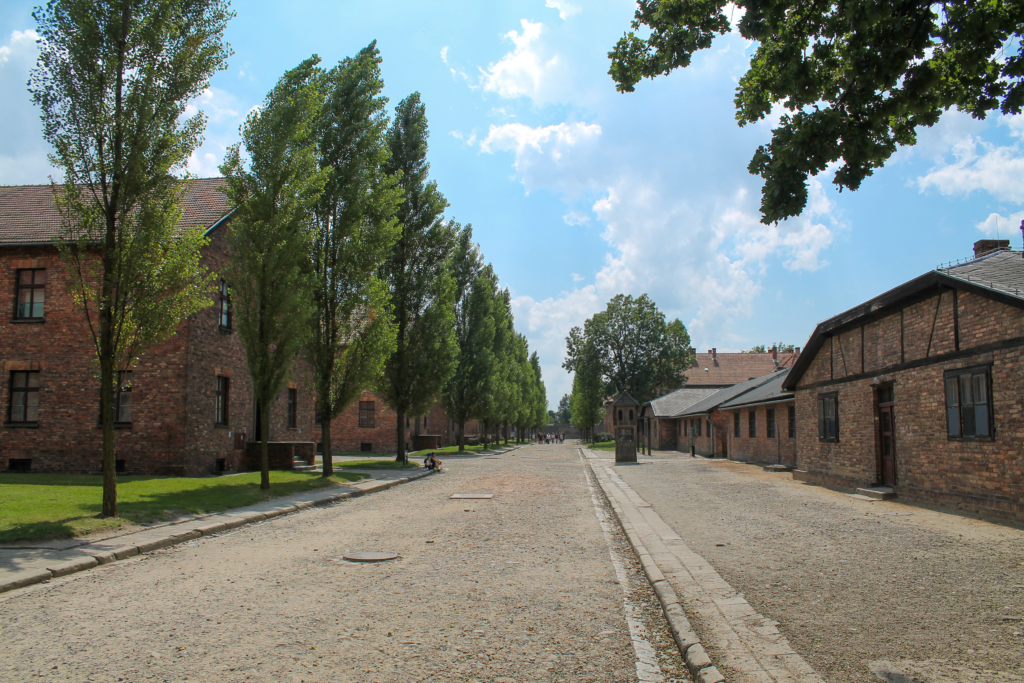
Buses to Auschwitz from Krakow usually reach Auschwitz in about 1 hour 40 minutes, without any additional changes. The route may be shortened or lengthened due to the prevailing road conditions. Buses depart every day from Krakow to Auschwitz. Whenever you need to get from Krakow to Auschwitz, you should be able to find a free shuttle as the buses go back and forth regularly, a couple of times a day.
None of them requires passengers to change buses or stop anywhere. All buses and shuttles to Auschwitz from Krakow considered departing from Krakow’s Main Bus Station. The bus station is located next to the main train station – Krakow Glowny, right next to Galeria Krakowska, about 500 meters from the Old Town and the Main Square.
The walk from the hotels located in the city center should not take more than 20 minutes, but local buses or streetcars are also available for people with luggage or for those who have problems with free movement. Anyone flying into Krakow airport can catch trains directly to the Main and should expect a ride time of around 20 minutes.
The Museum bus stop is in the center of Auschwitz, near the Auschwitz Museum and Memorial, but about 500 meters from the famous Birkenau Gate. It is also worth choosing private transfers for a trip to Auschwitz, with a private carrier, your own personal driver and a local guide who will give you a thorough insight into the history of the camps and the Holocaust.
